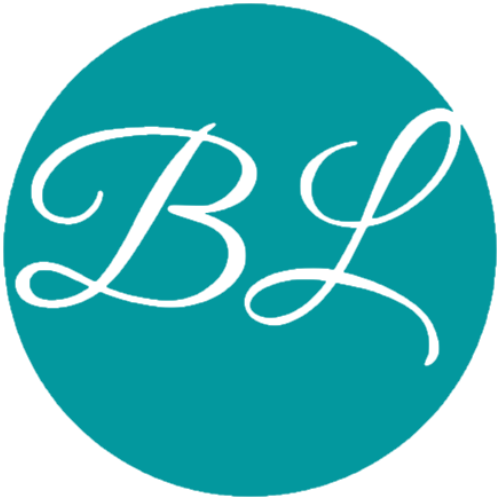Take, for example, the case of a Pennsylvania school district which took a list of diversity resources carefully put together for the purpose of improving education and better tackling important issues of diversity, equity and inclusion in the classroom, and instead of implementing that excellent resource unanimously voted to ban all of the materials listed in it (“Students Protest Book Bans in Pennsylvania School District” by Kelly Jensen, 9 September 2021, Book Riot). Take a look at the list of resources banned, and really consider it. What explanation could exist for the removal and banning of these materials from schools could exist other than an intent to promote a racist (White supremacist), biased, White-washed perspective? Refusing to acknowledge systemic racism and other forms of bigotry, refusing to allow for non-White voices and perspectives to be highlighted–or even shared at all, and refusing to acknowledge current issues of police violence (particularly towards BIPOC Americans) are all toxic, harmful positions only allowed by White privilege; they are not only not anti-racist, they are actively racist.
Going into this year’s Banned Books Week (September 26-October 2), I challenge you to take the time to read at least one challenged book which you have never read before. I challenge you to look over the above-linked list of banned diversity resources. I challenge you to consider the importance of intellectual freedom. Really, seriously think about all of the deep implications of the attempts to ban these books and other materials. Really, truly take the time to internalize the Banned Books Week theme for 2021: Books Unite Us. Censorship Divides Us.Back in April, I read the American Library Association’s list of the Top 10 Most Challenged Books of 2020, and I decided that I was going to read and review all ten of those books. As I made my way through these books, I took the time to think deeply about each of them; I considered why people have had concerns about and made complaints against each book, whether any of these concerns or complaints were worth consideration, and just what goes into selecting books for suggested or required reading. These 10 books encompass a wide variety of literature: children’s, adolescent, young adult, and adult are all represented; fiction and nonfiction; old and new. The only completely unifying thread across all of these books is that they were challenged heavily last year–individuals and groups lodged formal requests or demands to remove them from curriculums or libraries.
While a few of these books needed a more nuanced assessment in terms of whether or how they should be taught in schools (The Absolutely True Diary of a Part-Time Indian, To Kill a Mockingbird, and Of Mice and Men), the vast majority of the top ten most challenged books of 2020 were examples of attempts to censor access to knowledge and perspectives that challenge a White-centered, heteronormative worldview. The word cloud from the ALA based on the occurrence of terms from 2020 censorship reports makes this very clear:
These books have been and are being challenged because they present LGBTQIA+ issues, discuss racism and anti-racism, present a view of America that isn’t white-washed to remove unappealing truths and also isn’t White-washed to pretend systemic racism isn’t an ongoing problem. This type of attempt to white-wash American history–and current events–is only intensifying, as evident from the current legislation across the country to ban the teaching of Critical Race Theory (which wasn’t being taught in public schools anyway) and to even further white-wash history, social-studies, and other humanities curriculums which were already far from an accurate, unbiased assessment of our past and our society. We are not simply failing to improve our curriculums, we are actively sprinting backwards.




